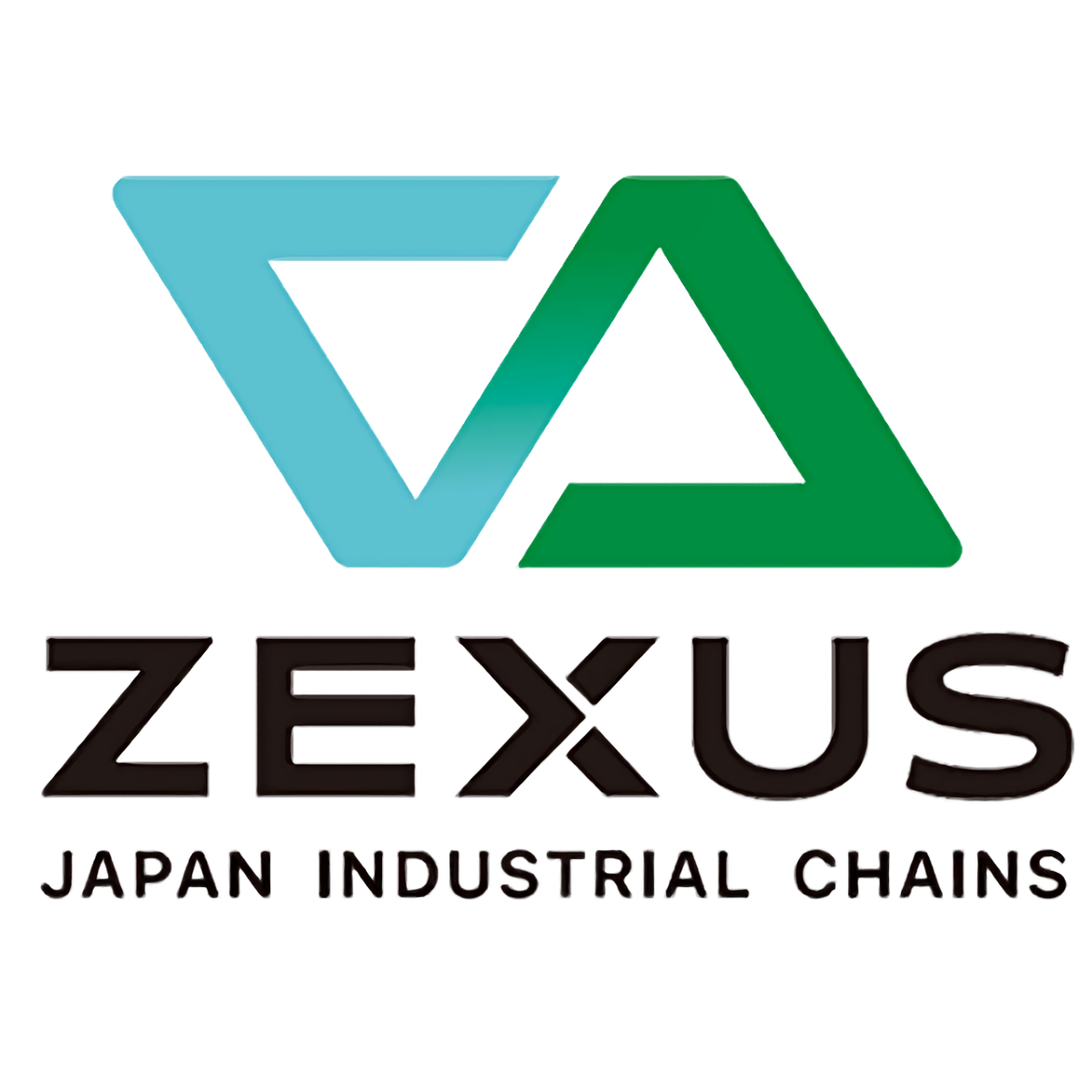Decoding IP Ratings: Understanding What the Numbers Mean
In the realm of industrial products, understanding IP ratings is crucial for ensuring equipment durability and performance in challenging environments. An IP rating, or Ingress Protection rating, provides valuable information about a product’s resistance to dust and water.

Decoding IP Ratings: Understanding What the Numbers Mean
In the realm of industrial products, understanding IP ratings is crucial for ensuring equipment durability and performance in challenging environments. An IP rating, or Ingress Protection rating, provides valuable information about a product’s resistance to dust and water. This standardised classification system is denoted by a series of two-digit numbers, each carrying specific significance. In this article, we will delve into the meaning of these numbers and how they relate to the robustness of industrial products.
Understanding the IP Rating System
IP stands for Ingress Protection or International Protection, and it is followed by two numbers. These numbers represent the product’s resistance against the intrusion of solid particles like dust and liquids such as water. The IP rating is an internationally recognised standard defined by the International Electrotechnical Commission (IEC).
Breaking Down the Numbers – IP Ratings
Let’s break down the IP code to understand its components:
First Digit (Solid Particle Protection)

0: No protection.
1: Protection against solid objects larger than 50mm (e.g., a hand).
2: Protection against solid objects larger than 12.5mm (e.g., fingers).
3: Protection against solid objects larger than 2.5mm (e.g., tools and wires).
4: Protection against solid objects larger than 1mm (e.g., small tools and wires).
5: Limited protection against dust ingress (enough to not interfere with the device’s operation).
6: Dust-tight – Complete protection against dust ingress.
Second Digit (Liquid Ingress Protection):

0: No protection against water.
1: Protection against vertically falling drops of water (e.g., condensation).
2: Protection against direct sprays of water up to 15 degrees from vertical.
3: Protection against water sprayed at any angle up to 60 degrees from vertical.
4: Protection against water splashes from any direction.
5: Protection against low-pressure water jets (e.g., for cleaning purposes).
6: Protection against powerful water jets.
7: Protection against the effects of immersion in water up to 1 meter for 30 minutes.
8: Protection against continuous immersion in water beyond 1 meter, as specified by the manufacturer.
IP Ratings Table

Let’s put it into Context
Let’s consider an example to illustrate the IP rating. If a device has an IP67 rating, it means that it has complete protection against dust (6) and can be submerged in water up to 1 meter deep for 30 minutes (7). On the other hand, an IP54-rated device offers limited dust protection (5) and is resistant to water splashes from any direction (4).
Now that we understand the components of the IP code, let’s explore how this information translates into practical applications for industrial products:
1. Dust Resistance:
Products used in dusty environments, such as construction sites or manufacturing facilities, benefit from higher first-digit ratings (e.g., IP5X or IP6X). This ensures that sensitive electronic components remain protected from dust particles, preserving functionality and longevity.
2. Water Resistance:
In industries where exposure to water is common, like marine or food processing, a high second-digit rating (e.g., IPX5 or IPX6) is essential. This protects equipment from water splashes, low-pressure jets, or even immersion, depending on the specific rating.
3. Selection Based on Environment:
Understanding the IP code enables businesses to select products tailored to their specific environmental conditions. For instance, outdoor installations might require a higher level of protection against both dust and water, while indoor applications may prioritise dust resistance.
In the industrial landscape, the IP rating system serves as a valuable tool for selecting equipment that can withstand the rigors of different working environments. By decoding the numbers in an IP rating, businesses can make informed decisions, ensuring that their investments in industrial products align with the demands of their operational settings. Whether it’s protecting against dust on a construction site or safeguarding electronic components from water exposure in a manufacturing facility, the IP rating system plays a crucial role in enhancing the reliability and durability of industrial equipment.
So, the next time you come across an IP rating, remember, it’s not just a random set of numbers; it’s a key to understanding your equipment’s resilience in the face of the elements.







